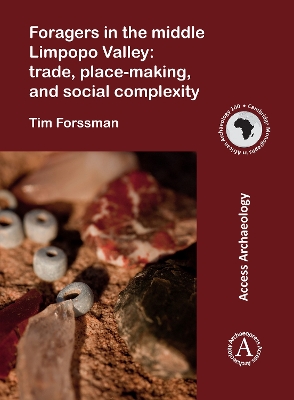Between the last centuries BC and the early second millennium AD, central southern Africa witnessed massive social change. Several landscapes hosted a variety of socio-political developments that led to the establishment of state-level society at Mapungubwe, c. 1220 AD in the middle Limpopo Valley. These different landscapes were connected through various forms of circuitry, including social, political, economic and topographic networks. While most often these systems and developments are discussed in the context of farmer societies, local forager communities also saw associated shifts. They were present from before the arrival of farmers and not only witnessed but also participated in local systems leading to the appearance of complex society. Despite numerous studies in the valley, this has not been explored; generally, forager involvement in socio-political developments has been ignored and only farmer sequences have been considered. However, from the early first millennium AD, foragers themselves transformed their own society. Changes have been noted in settlement patterns, craft production, trade relations, social interactions, wealth accumulation, and status. Moreover, these changes occurred unevenly across the landscape; at different forager sites, different responses to shifting social networks have been recorded. When viewed together, the spectrum of change suggests that valley foragers developed social complexity.
- ISBN10 1789696852
- ISBN13 9781789696851
- Publish Date 24 September 2020
- Publish Status Active
- Publish Country GB
- Imprint Archaeopress
- Format Paperback
- Pages 140
- Language English
- URL https://archaeopress.com/Archaeopress/Products/9781789696851
